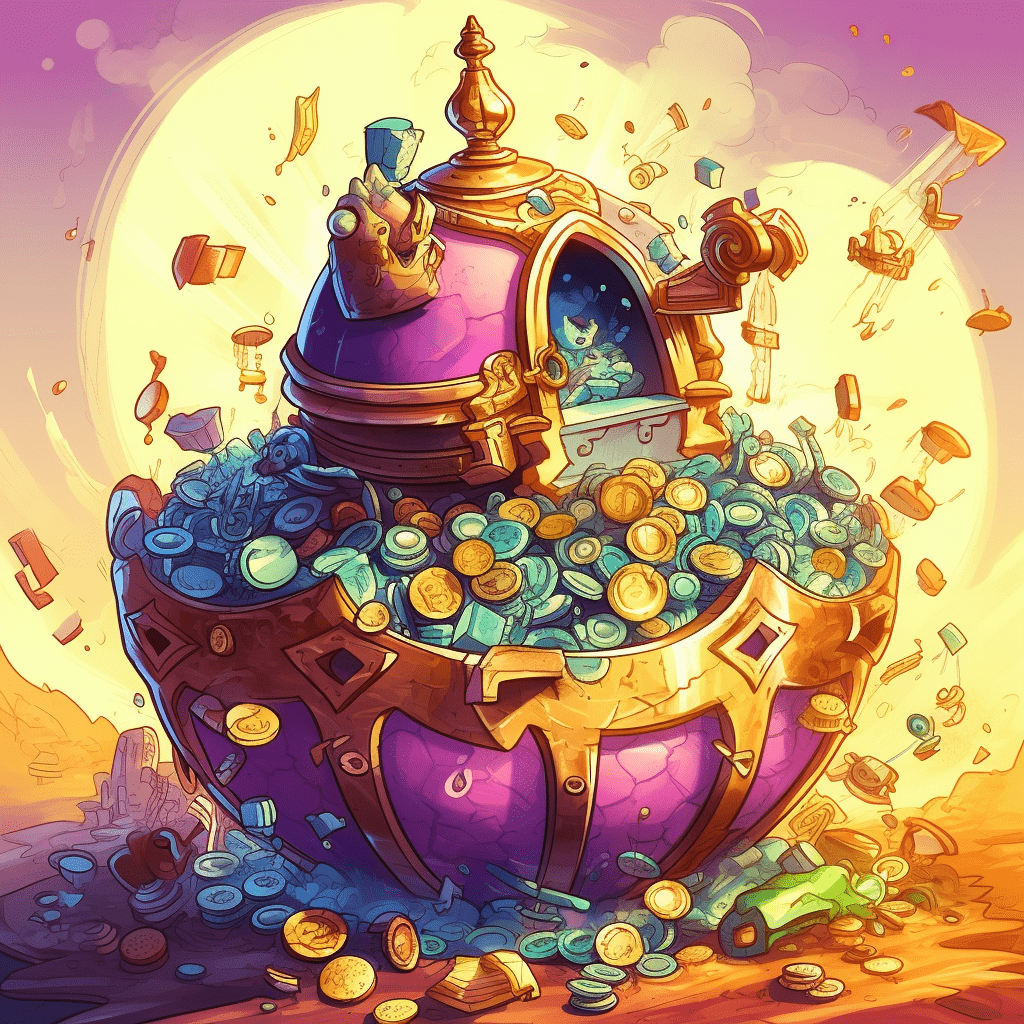Getting into the world of Non-Fungible Tokens (NFTs) is an exciting endeavor. Whether you’re an artist, collector, or investor, understanding the ins and outs of creating an NFT is vital, especially when it comes to costs. The question that invariably pops up for newcomers is, “how much does it cost to mint an NFT?” The answer, however, is not as straightforward as one might hope. Multiple factors come into play when determining the cost of minting an NFT, and this article will dive into those nuances.

Blockchain Network and Gas Fees
The first major factor that affects the cost of minting an NFT is the blockchain network you choose to use. The majority of NFTs are minted on the Ethereum network, which is known for its robust smart contract capabilities, security, and wide adoption. However, the cost of using the Ethereum network can be significant due to high transaction fees, also known as ‘gas fees’. These fees fluctuate based on network congestion—the busier the network, the higher the fees.
Other blockchain networks such as Binance Smart Chain (BSC), Flow, or Tezos have emerged as alternatives to Ethereum due to their lower transaction fees. Choosing to mint your NFT on one of these alternative networks can significantly reduce the cost of creating your token.
Layer 2 Solutions
Layer 2 solutions like Polygon and Immutable X aim to make Ethereum transactions cheaper and faster. These platforms run on top of Ethereum, providing additional processing capacity. By moving some transactions off the main Ethereum chain, Layer 2 solutions can significantly reduce gas fees. If you choose to mint an NFT on a Layer 2 platform, you’ll typically pay less than you would on the main Ethereum network.
Complexity of the NFT

Another factor that can influence the cost of minting an NFT is the complexity of the token itself. An NFT is essentially a smart contract on the blockchain. A simple NFT representing ownership of a digital image might be relatively cheap to mint, but as you add complexity—like multiple ownership layers, royalty structures, or interactivity—the cost of minting can increase.
Timing and Congestion
As mentioned earlier, the congestion on the network significantly impacts the cost of transactions. This factor is especially true for Ethereum, where high demand can lead to increased gas prices. In periods of heavy traffic, minting an NFT can become significantly more expensive. Therefore, timing your minting process when the network is less congested could help you save on costs.
Marketplace Fees
Lastly, different NFT marketplaces charge varying fees for their services. Platforms like OpenSea, Rarible, and Mintable each have their fee structures, typically including a listing fee and a commission on sales. These fees can impact the overall cost of creating and selling an NFT.
Navigating Blockchain Network and Gas Fees

When you mint an NFT, you’re actually executing a transaction on a blockchain network. This transaction involves executing a smart contract to create a unique digital asset linked to a token. The Ethereum network, which handles the vast majority of these transactions, charges gas fees to compensate for the computational energy required to execute these contracts. These fees vary based on network congestion and can be quite substantial.
To navigate these costs, some creators are choosing to mint their NFTs on alternative networks like Binance Smart Chain or Flow. These networks offer similar functionalities to Ethereum, but with lower transaction fees. For instance, Mintable, a popular NFT marketplace, has recently allowed users to mint NFTs on the Binance Smart Chain. However, be aware that these networks may not have the same level of market acceptance as Ethereum, which could affect the value and liquidity of your NFT.
Exploring Layer 2 Solutions
As an alternative to switching networks, you might consider Layer 2 solutions, designed to operate on top of the Ethereum network to increase its capacity. Layer 2 solutions use various mechanisms to move transactions off the main Ethereum chain, thereby reducing congestion and, consequently, gas fees.
Immutable X and Polygon are two of the most popular Layer 2 solutions for NFTs. Immutable X uses a technology called Zero-Knowledge-Rollups to bundle multiple transactions into a single one, significantly reducing gas fees. On the other hand, Polygon employs a sidechain solution where transactions are processed off the main Ethereum chain before being batched together and committed back to the Ethereum network.
Accounting for NFT Complexity
Just as with any form of art, NFTs can be simple or complex. Simple NFTs typically involve the ownership of a single piece of digital art, while more complex ones may include varying layers of interactivity, royalty structures, or multiple ownership layers. As a result, the complexity of the NFT can have a direct impact on the cost of minting. This is because complex NFTs require more computational resources to execute their smart contracts, leading to higher gas fees.
Understanding Marketplace Fees

Lastly, it’s important to consider the fees charged by the marketplace where you choose to mint and sell your NFT. Popular platforms like OpenSea, Rarible, and Mintable each have their own fee structures. Typically, these platforms charge a listing fee to mint the NFT and a commission on any sales. It’s important to research each platform’s fees before deciding where to mint your NFT, as these costs can add up.
In conclusion, the cost to mint an NFT can be influenced by a variety of factors, from the choice of blockchain network to the complexity of the token itself. By understanding these factors, you can make informed decisions that could potentially save you money in the minting process.
